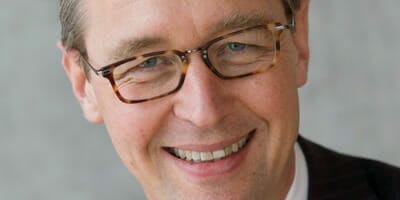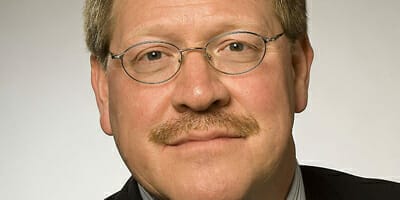The €140-billion ($191-billion) Dutch pension fund PFZW is in the midst of completely rethinking its investment philosophy, Jaap van Dam, managing director of PGGM, told the Fiduciary Investors Symposium in Amsterdam.
PGGM manages the investments of PFZW and has traditionally guided them.
Van Dam explains that ownership of the investment strategy is to shift decidedly into the hands of PFZW’s board as an integral part of the fund’s new constitution.
“Essentially, engineers of PGGM used to run the fund, going to PFZW once a year, presenting the investment plan and asking them to sign it. Now the board will be in charge.
The new investment framework is a consequence of a decision of the PFZW board in 2011 to seek new guidelines in order to adapt to a changed world since the financial crisis. Van Dam outlines a number of key transformations in the fund’s environment that spurred the soul-searching.
Firstly, despite its continued good reputation on international comparisons, funding problems within the Dutch pension industry make the “societal license to operate the pension system no longer self-evident”.
Also van Dam says “with 1.8 times the Dutch GDP in pensions, a higher amount than total bank lending in the Netherlands, there is now a societal responsibility to deploy capital that transforms savings into wealth.”
A changing role for governments and regulators, the scarcity of both long-term risk-bearing capital and good returns, reduced confidence in the efficiency of markets and financial chain agency issues are additional spurs to PFZW resetting its beliefs.
Van Dam reckons that the fund’s past maximum diversification strategy meant “we weren’t really shielded from very extreme events through textbook diversification exercises”.
He adds that “efficient markets tend to make you act as a price taker, which means the price maker can manipulate you in many ways. We should really reconsider this role and think a lot about the prices of companies, sectors, everything.”
As well as reacting to what PFZW saw as fundamental changes to the outside world, van Dam explains that efforts to overcome additional troubles became part of redefining its investment beliefs. The complexity of the fund, with 21 sub-asset classes was a real concern for board members, says van Dam, which is addressed in its new beliefs. He stresses that “they do not want to avoid complexity but they really want to see the value added and ask ‘are we really in control?’”
Assumptions of the past, such as the benefits of innovation and increasingly complex investment solutions, have also came under scrutiny, as have cost effectiveness.
Building from scratch
PFZW’s soul-searching process has been enormously detailed and methodical, with a “tremendous amount of education” needed. “We wanted to place the PFZW board in the lead, look outside-in and answer central questions on the pension fund’s function,” van Dam says.
A 27-question pyramid was created to help define the fund’s fundamental views on a strategy suitable for its benefit ambitions, sustainability concerns and desire to make the changes intelligible and controllable.
A working group of six board members helped by PGGM staff was established to formulate the new beliefs. In order to look far and wide, the group conducted literary reviews as well as consulting 30 external experts, including Towers Watson’s Roger Urwin and pension academic, Keith Ambachtsheer. It added contrarian thinkers into the mix when the working group was able to elucidate its plans, in order to add another layer of consideration and contemplation.
A comprehensive 600-page thematic document led to the drawing up of a 16-principle investment framework. “All kinds of collaborative thinking and collective decision-making made it a very strong document,” van Dam reckons.
Rediscovering the fund’s fundamentals has naturally set off a chain of additional work to be done as they are put into practice. PFZW is aiming for full implementation of its beliefs by 2020. Van Dam says that focus will be on investments that “materially contribute to matching pension ambition”, ensuring flexibility to adapt to changing market environments and reducing complexity by concentrating on the essentials.
Taking a snapshot of the current investment portfolio through the new framework is the next step in order to show what kind of shifts might be needed in investment strategy, costs and complexity. A strategic investment plan based on the fund’s new constitution is due to be finalised in 2014. Plenty of questions will still need to be raised along the way though, says van Dam, such as how PFZW could possibly look beyond efficient-market thinking.




